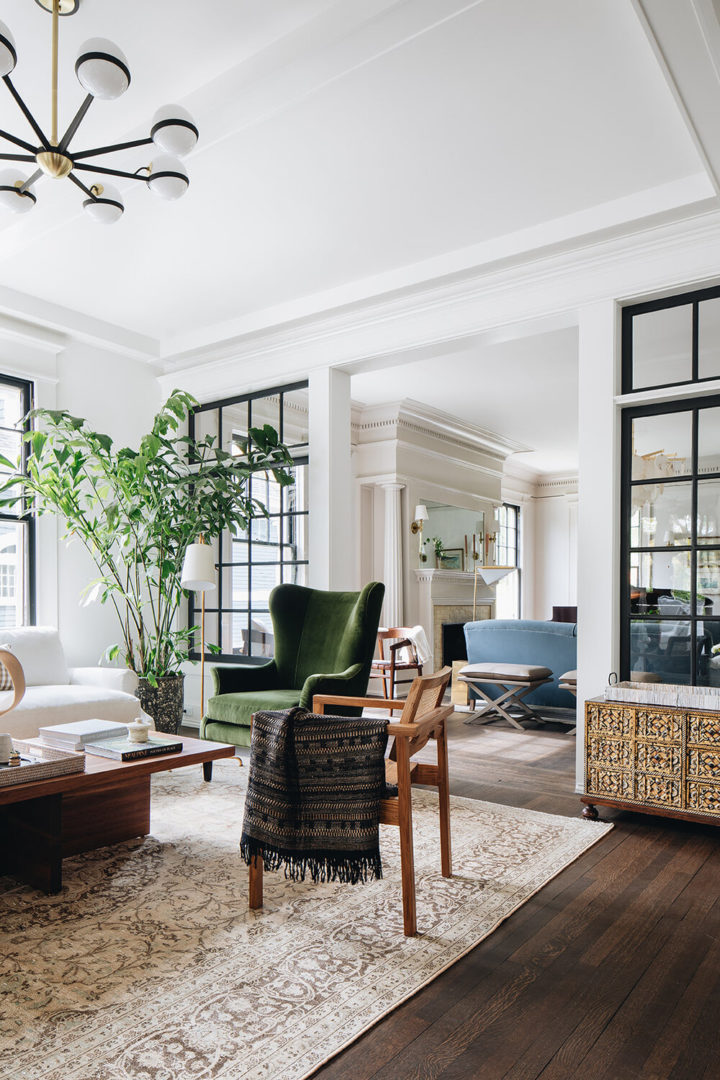Leading interior design firms offer innovative solutions.
Leading interior design firms offer innovative solutions.
Blog Article
Change Your Home With Crucial Concepts of Interior Design and Visual Appeals
By recognizing the impact of color concept and the relevance of appearance and patterns, one can develop spaces that are not just visually enticing however additionally deeply personal. Attaining this balance entails more than plain decor; it encompasses a calculated setup and an eager understanding of how each component engages within an area.
Understanding Shade Theory
Comprehending the concepts of color concept allows developers to produce rooms that reverberate emotionally with owners while satisfying functional requirements. Each category plays a crucial role in establishing consistency within a room.
The psychological effect of colors is profound; cozy shades such as reds and oranges stimulate energy and heat, while cool tones like blues and eco-friendlies promote calmness and serenity. Furthermore, the usage of complementary colors enhances aesthetic interest, developing striking contrasts that can elevate a room's allure.
Neutral shades, on the various other hand, work as a versatile backdrop, permitting other style aspects to shine. It is vital to consider elements such as illumination and the space's purpose when picking a shade combination, as these can change the perception of shades throughout the day.
Inevitably, a well-considered color system can transform a room, promoting a sense of comfort and style that straightens with the occupants' choices. Proficiency of color concept is, for that reason, an important skill for any kind of interior designer intending to create harmonious and inviting environments.
Accomplishing Balance in Style
Exactly how can designers accomplish a feeling of balance in their rooms? Achieving balance in style is fundamental to creating harmonious interiors.
Asymmetrical equilibrium, on the other hand, relies upon varying elements that still achieve a cohesive appearance. This strategy enables even more dynamic and casual arrangements, giving interest while keeping stability. By very carefully picking differing sizes, shades, and appearances, designers can create an aesthetically engaging space that really feels well balanced yet energetic.
Radial equilibrium highlights a central prime focus with components emitting exterior. This design is typically seen in circular layouts, where furnishings and decor develop a cohesive surround that draws the eye internal.
Inevitably, achieving equilibrium needs thoughtful consideration of range, proportion, and the relationships between elements. miami interior design. By skillfully using these equilibrium principles, developers can change spaces right into atmospheres that really feel both visually pleasing and functionally harmonious, improving the total experience for residents
Importance of Spatial Recognition

A keen feeling of spatial recognition allows designers to identify focal factors within an area, leading the audience's focus to vital attributes while maintaining a total sense of unity. It also helps in the critical positioning of lights, which can substantially affect the assumption of room and mood. Recognizing spatial relationships enables the developer to cater to the certain requirements of inhabitants, making sure that each area serves its desired purpose without compromising appearances.
Eventually, spatial awareness is essential for making best use of the potential of any kind of indoor space. By very carefully considering the interplay between measurements, design, and function, designers can develop settings that not only fulfill see post sensible demands yet also stimulate a sense of convenience and beauty, enhancing the overall living experience.
Including Appearance and Patterns
Welcoming a varied variety of textures and patterns can considerably boost the visual and tactile appeal of an indoor area. The critical use of different products-- such as wood, steel, textile, and rock-- produces depth and interest, making an area feel extra welcoming and vibrant. Integrating smooth surfaces with harsh structures can develop an equilibrium that attracts the eye and involves the detects.
When integrating patterns, consider both scale and repetition. Large patterns can serve as centerpieces, while smaller, refined styles can match other components without overwhelming the room. Layering patterns, such as pairing floral paddings with striped tosses, includes complexity and a feeling of consistency if carried out attentively.
It is likewise vital to maintain a cohesive shade palette, making certain that appearances and patterns function together as opposed to compete for attention. By selecting a couple of essential structures and patterns, you can create a linked aesthetic that shows your personal design while boosting the total atmosphere of the room. Eventually, the cautious unification of these elements can change an ordinary area into a sophisticated environment rich with personality and heat.
Customizing Your Area
Producing a space that mirrors your individuality is vital to attaining an absolutely welcoming atmosphere. Customization in indoor layout allows you to instill your one-of-a-kind design and passions into your home, changing it from a mere shelter into a sanctuary that speaks to that you are. Begin by choosing a color combination that reverberates with your this hyperlink feelings-- vibrant hues can invigorate, while soft tones offer tranquility.
Integrate artwork and design that show your interests, whether it be traveling, nature, or abstract concepts. Displaying individual collections, such as publications, photos, or mementos, can evoke valued memories and produce prime focus within a room. In addition, take into consideration personalizing useful items, like upholstered furniture, to line up with your aesthetic choices.

Conclusion
Finally, the transformation of a home via the necessary a fantastic read principles of interior decoration and appearance necessitates a comprehensive understanding of color concept, equilibrium, spatial understanding, structure, and personalization. Each element contributes considerably to creating an unified and functional living setting - luxury interior design. By attentively incorporating these concepts, individuals can boost the aesthetic charm and emotional vibration of their areas, inevitably cultivating a home that mirrors one-of-a-kind identities while giving convenience and usefulness
Report this page